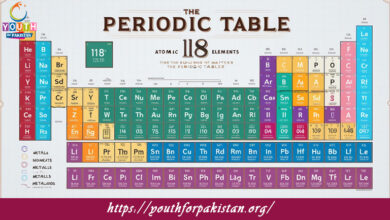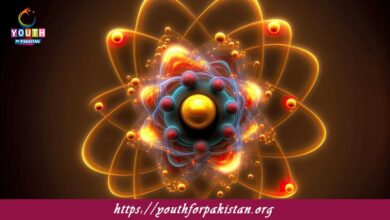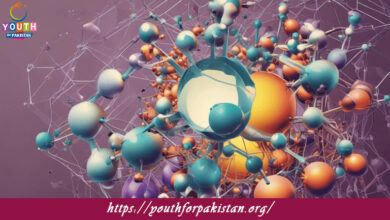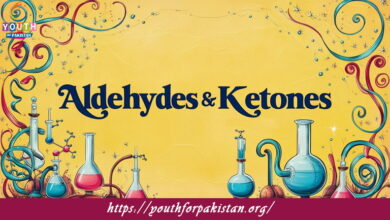Chemical Bonding MDCAT Quiz with Answers
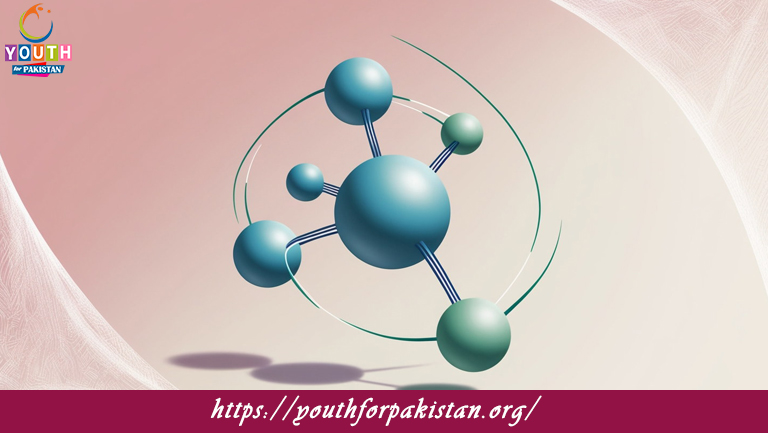
Chemical Bonding MDCAT Quiz: exams. It deals with how atoms combine to form compounds through various types of bonds, such as ionic, covalent, and metallic bonds. Understandably, chemical bonding principles are vital to answer questions in the MDCAT Quiz because it forms the foundation of understanding molecular structures, properties of compounds, and the behavior of substances in chemical reactions.
H2: Types of Chemical Bonds
There are three types of chemical bonds: Ionic, covalent, and metallic. Ionic bonds are formed when one atom loses electrons, which are gained by another, leading to the formation of positively and negatively charged ions. These oppositely charged ions attract each other and result in a stable compound. Covalent bonds result when two atoms share electrons, mostly between non-metals, and the resulting molecules have special structures and properties. Metallic bonds occur when free electrons are shared among atoms of metals, accounting for their conductivity and malleability. Again, the knowledge of these bonds, together with their properties, is essential for answering questions on molecular geometry and chemical reactions in the MDCAT exam.
H3: Quiz on Chemical Bonding
The MDCAT Quiz on chemical bonding tests the ability of students to distinguish between ionic, covalent, and metallic bonds. Students will be tested on predicting the type of bond that will most likely form in a compound, determination of molecular shapes, and the physical states resulting from these bonds. It also discusses topics such as bond polarity, bond strength, and the effect of electronegativity on bonding. The more this quiz is practiced, the more capable students will be in analyzing situations on chemical bonding and applying the knowledge appropriately while taking the MDCAT test.
H3: Free Flashcard for Chemical Bonding
For further reinforcement, MDCAT students can use the Free Flashcard for chemical bonding. These flashcards provide a concise overview of the types of bonds, their characteristics, and the key concepts related to each type of bond. Through frequent review, students are able to recall significant definitions, principles, and examples of chemical bonding quickly. This revision tool reinforces their understanding, making it easier to tackle any questions related to the topic in the MDCAT exam. With regular use, the flashcards become an effective way of preparing for the challenges that are brought about by the chemical bonding topics in the test.

The bond in which electrons are transferred from one atom to another is called a ________.
ionic bond

The type of bond in which the electrons are delocalized over many atoms is called a ________.
metallic bond

The octet rule states that atoms are most stable when they have ________ electrons in their valence shell.
8

The bond formed between two hydrogen atoms in H2 is an example of a ________.
non-polar covalent bond

The bond in which two atoms share three pairs of electrons is called a ________.
triple covalent bond

The attraction between a hydrogen atom and an electronegative atom like oxygen is known as ________.
hydrogen bonding

The chemical bond formed when one atom donates both electrons to a bonding pair is called a ________.
coordinate covalent bond
Experience the real exam environment with our expertly designed collection of over 25,000 MCQs MDCAT Mock Tests.


